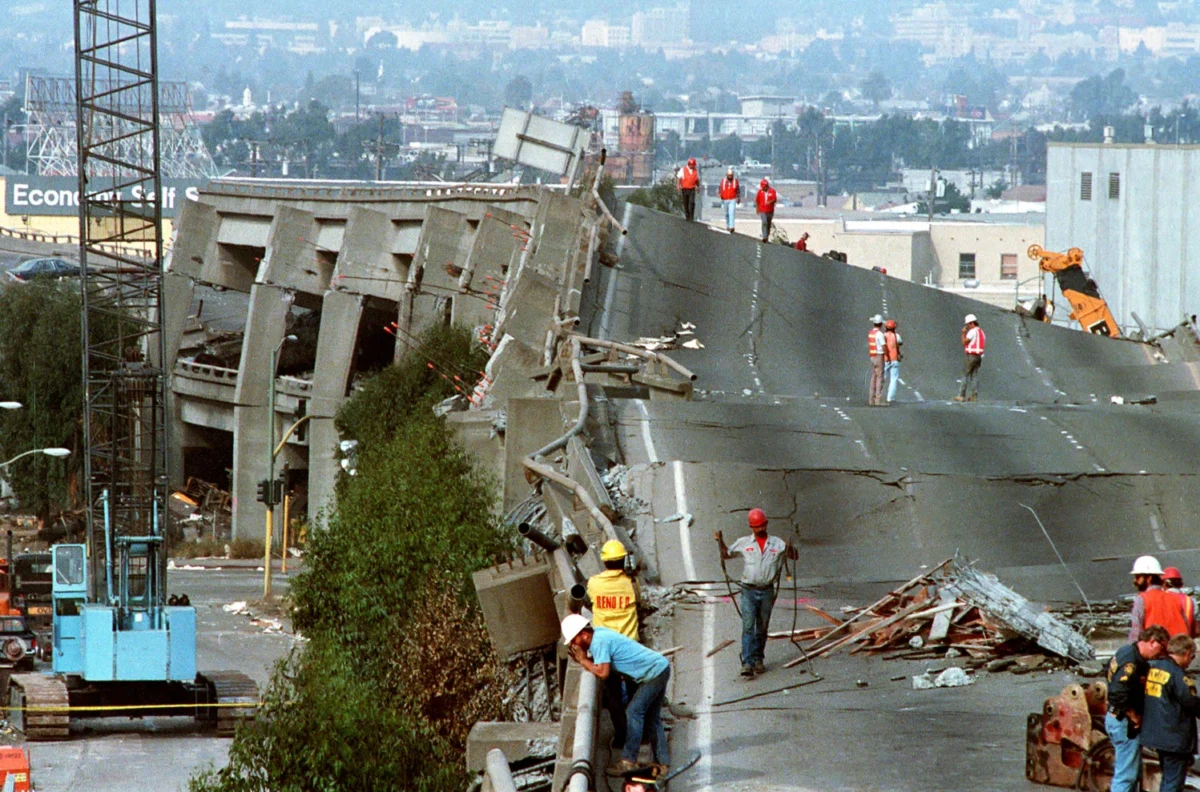Philippines earthquake: How deadly was the 6.9-magnitude quake in Cebu and what’s next for survivors?

Where did 4.3 earthquake strike in San Francisco Bay Area?
A powerful 6.9-magnitude earthquake shook the central Philippines late Tuesday night, sparking widespread fear of casualties and destruction across Cebu and surrounding provinces.
According to the US Geological Survey (USGS), the quake struck just before 10 p.m. local time at a shallow depth of around 10 kilometers (6 miles), with its epicenter located west of Palompon, near the city of Bogo in Cebu. Shaking was felt strongly across the Visayan Islands, home to more than half a million people.
Early reports confirmed at least five deaths in San Remigio, Cebu. Victims included a child, a firefighter, and three members of the Philippine Coast Guard, police sources told ABS-CBN. Rescue officials cautioned that more people may still be trapped under collapsed structures.
Footage circulating on social media showed scenes of chaos: a mall fire, a collapsed McDonald’s outlet, debris inside schools, and beauty pageant contestants scrambling for safety as the ground rumbled. The Philippine Red Cross reported structural cracks, power outages, and damage to classrooms across Cebu.
In Cebu province, Governor Pamela Baricuatro urged calm in a livestream, assuring residents that aid from the presidential office was on the way. Local municipalities suspended classes and work pending building inspections.
The Philippine Institute of Volcanology and Seismology (Phivolcs) confirmed multiple aftershocks near the epicenter but later lifted a tsunami warning issued for Leyte, Biliran, and Cebu provinces.
Scenes of collapsed schools, cracked churches, and damaged village roads have raised concerns of a long recovery process. Power grids tripped, plunging parts of the region into darkness as engineers assessed the extent of damage.
Rescue worker Wilson Ramos said operations were slowed by nighttime conditions and continuous aftershocks. “There could be people trapped beneath collapsed buildings,” he warned.
The Philippines, located along the Pacific “Ring of Fire,” experiences frequent earthquakes, but Tuesday’s event ranks among the most destructive in recent years. Similar quakes in 2019 and 2022 left dozens dead and injured hundreds.
Authorities continue to monitor aftershocks as rescue efforts intensify in Cebu and neighboring islands.
FAQs
Q1: Where did the 6.9-magnitude earthquake strike in the Philippines?
The earthquake struck west of Palompon, near Bogo City in Cebu province, central Philippines.
Q2: How many casualties have been reported so far?
At least five fatalities have been confirmed, including a child, a firefighter, and three members of the Philippine Coast Guard.
Q3: Was there a tsunami warning issued after the quake?
Yes, an initial tsunami alert was issued for Leyte, Biliran, and Cebu provinces, but it was later lifted by Phivolcs.
Q4: What kind of damage did the earthquake cause?
The quake caused fires, collapsed schools and commercial buildings, damaged churches, power outages, and widespread structural cracks.
Q5: Why is the Philippines prone to earthquakes?
The Philippines lies along the Pacific “Ring of Fire,” an area with high seismic activity due to multiple fault lines and active volcanoes.

